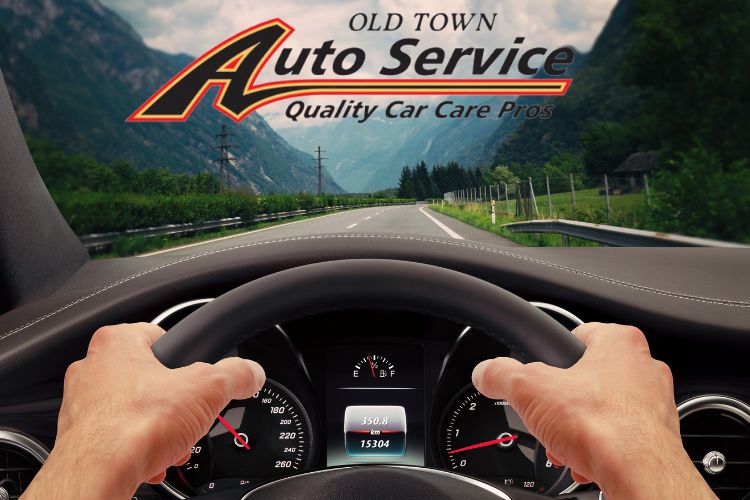In today’s automotive world, advanced driver-assistance systems (ADAS) have become increasingly common. These technologies, including steering and lane departure sensors, enhance driver safety by providing critical assistance and alerts. However, maintaining the effectiveness of these systems involves more than just routine maintenance. One crucial aspect often overlooked is the need to recalibrate these sensors after an alignment. Here's why this recalibration is essential.
Understanding Steering and Lane Departure Sensors
Steering and lane departure sensors are integral components of ADAS, designed to keep vehicles safely within their lanes and to assist with steering control. These systems rely on a network of sensors and cameras to monitor the vehicle’s position relative to road markings and other vehicles. The sensors collect data, which is then processed by the vehicle's onboard computer to make real-time adjustments and provide alerts.
The Importance of Proper Alignment
Vehicle alignment refers to the adjustment of the angles of the wheels so that they are set to the car manufacturer's specifications. Proper alignment ensures that the wheels point in the right direction, enhancing tire life, fuel efficiency, and overall vehicle handling.
Why Recalibration Is Necessary
When a vehicle undergoes an alignment, the angles of the wheels are adjusted, which can alter the vehicle’s geometry. This change in geometry can affect the positioning and orientation of the sensors and cameras used by steering and lane departure systems. Here’s why recalibration is necessary after an alignment:
- Maintaining Accurate Sensor Functionality: Sensors and cameras are calibrated based on the vehicle’s alignment specifications. Any change in alignment can lead to misaligned sensors, resulting in inaccurate data collection. Recalibration ensures that the sensors are realigned with the new geometry, maintaining their accuracy and effectiveness.
- Ensuring Safety Features Work Correctly: The primary purpose of steering and lane departure systems is to enhance safety. If these sensors are not recalibrated after an alignment, they may provide incorrect alerts or fail to function altogether, compromising the safety features they are designed to offer.
- Preventing False Alarms and Unnecessary Corrections: Misaligned sensors can lead to false alarms or unnecessary steering corrections, which can be not only annoying but also potentially dangerous. Recalibration aligns the sensors correctly, preventing these issues and ensuring smooth and safe driving.
- Compliance with Manufacturer Specifications: Most vehicle manufacturers specify that ADAS sensors should be recalibrated after an alignment to ensure the systems function as intended. Failing to follow these guidelines can void warranties and result in liability issues.
- Optimizing Vehicle Performance: Modern vehicles are designed to operate as integrated systems. Ensuring that all components, including ADAS sensors, are correctly calibrated after any maintenance work optimizes overall vehicle performance and efficiency.
How Recalibration is Performed
Recalibrating ADAS sensors typically involves using specialized equipment to realign the sensors and cameras with the vehicle’s new geometry. This process can be static, where the vehicle is stationary, or dynamic, where the vehicle is driven to recalibrate the sensors in real-world conditions. Certified technicians use calibration targets, diagnostic tools, and sometimes proprietary software provided by the vehicle manufacturer to complete the process accurately.
Conclusion
As automotive technology advances, understanding the intricacies of maintaining these systems becomes crucial. Recalibrating steering and lane departure sensors after an alignment is not just a recommendation; it’s a necessity for ensuring vehicle safety and performance. At Old Town Auto Service, our ASE certified technicians are trained to handle these advanced systems, ensuring your vehicle remains in optimal condition. Whether you drive a domestic or foreign car or light truck, trust us to keep you safe and your vehicle running smoothly.
Recalibrating your vehicle’s sensors after an alignment is a small step that makes a big difference. Stay safe, stay aligned, and let us take care of the rest.

